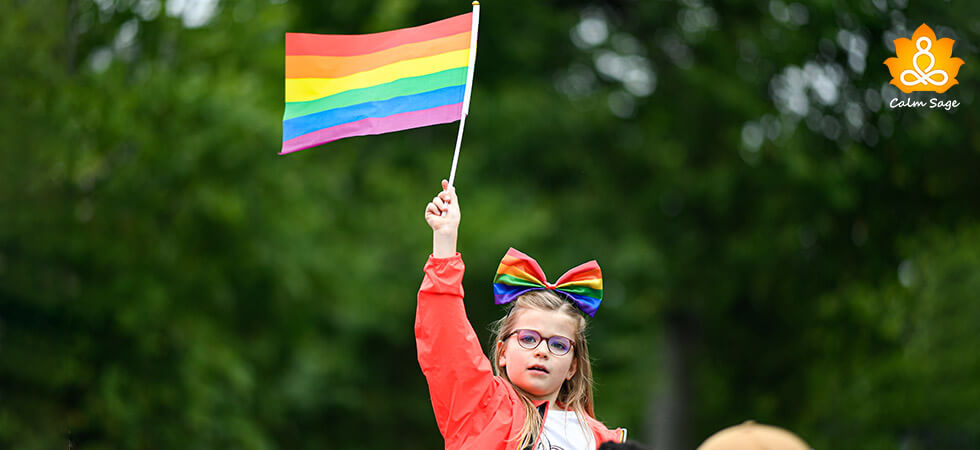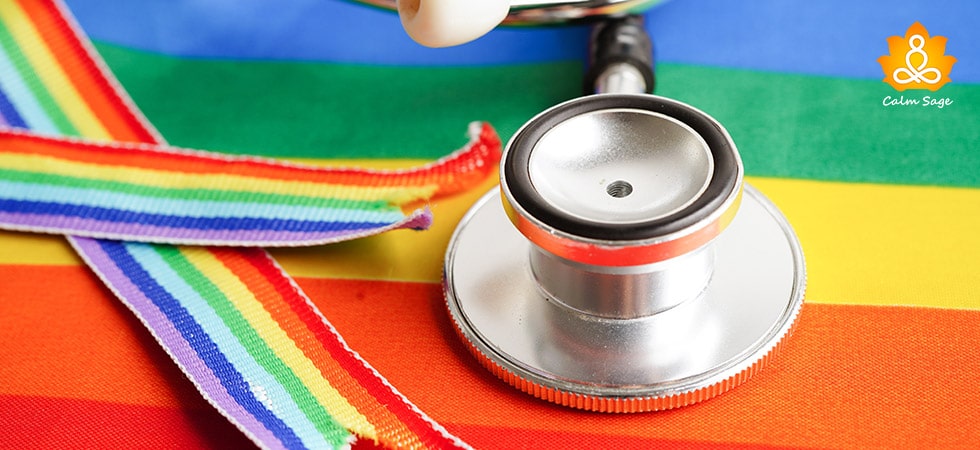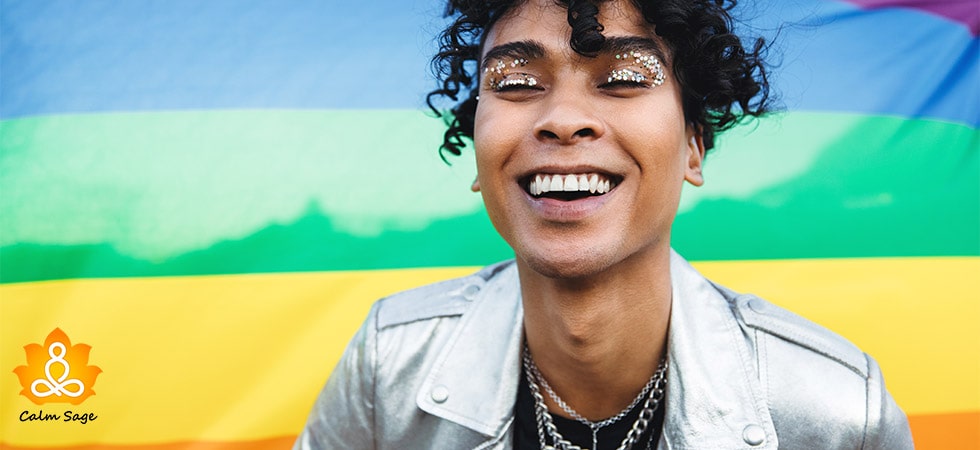Explained: Eating Disorders In LGBTQ+ Community

Pride month is here and I have recently discovered that our LGBTQIA+ community, is the only community that experiences most mental health issues like depression, suicidal thoughts, ADHD, body dissatisfaction, and more. And, you will be quite shocked to know that eating disorders are one of them. Despite so many webinars, awareness, and other resources, why are eating disorders common among LGBTQ+ people?
While, it’s a fact to be considered that eating disorders can be affected by people of all ages, ethnicities, sexual orientations, and genders, it is disproportionately affecting members of the sexual minority. There are so many treatment modes and prevention modes available but our LGBTQ+ community is not receiving them properly (maybe).
Research shows that more than half the young generation of the LGBTQ community (age from 13 to 24) have been diagnosed with eating disorders.
In this blog, let’s discuss how and why eating disorders are affecting the LGBTQ community, the prevalence of eating disorders in LGBTQ, related risk factors, stigmas related to the LGBTQ community, treatment of eating disorders in LGBTQ along with resources for eating disorders in the LGBTQ community.
So, let’s get started.
Quick Fact-Check of Eating Disorders in LGBTQ+ Community
Talking about the LGBTQ community, these people are a group who does not identify themselves as heterosexual and it can include lesbian, gay, bisexual, and people who are attracted to multiple or the same gender. Unfortunately, eating disorders are highly found in heterosexual cisgender white women.
Eating disorders are to be less found in people with other sexual orientations. The other fact is that sexual minorities are facing unique and various stressors like discrimination, abuse, and stigma which are leading to mental health issues like eating disorders, depression, and more in the LGBTQ community.
Prevalence of Eating Disorders in LGBTQ+ Community
Talking about the prevalence or commonness of the eating disorder in the LGBTQ community, I found various studies wherein researchers investigated eating disorders in the LGBTQ youth.
Studies show that adolescent gays and boys with same-gender partners have high numbers of oddity eating behavior as they struggle with body dissatisfaction more than the heterosexual groups.
I found another study that shows that bisexual or gay adolescent school-going boys and girls are highly prone to diet pill use more than the other heterosexual groups.
Prevalence Among Men
While research shows that eating disorders are highly found in heterosexual men, it is also found that bisexual or gay men are also highly affected by eating disorders. The same goes for subclinical eating disorders. in one study, I found that symptoms of eating disorders are 10 times higher in LGBTQ men which is quite higher than symptoms of heterosexual men.
Prevalence Among Women
While researching this part, I found that eating disorders are mixed in bisexual and lesbian women. One study shows that there is an increased level of eating disorders in bisexual and lesbian women but another study does not show any significant difference.
Impact of Eating Disorders on LGBTQ+ Community
While eating disorders are connected with complex causes, it has been found that eating disorders are highly related to other mental health stressors such as abuse, assault, loneliness, abandonment, family issues, physical violence, and more. Moreover, stressors can also be related to stigma, homophobia concealing identity, discrimination, and more.
I also found that the LGBTQ people attempt to manage their stress and depression by changing their behavior such as bingeing or dieting which in turn convert into the common signs and symptoms of eating disorders.
Treatment for Eating Disorders in LGBTQ+ Community
Sadly, I was not able to find any designated treatment mode for the LGBTQ community with eating disorders. Since it is really important for providers to talk about stressors related to the LGBTQ community. Therapists or providers can only help people when they actually understand how to address coming out, homophobia, and other issues.
The good news, I was able to find therapy platforms for the treatment of mental health issues related to the LGBTQ community, below is the list:
- Pride Counseling
- Talkspace
- BetterHelp
- Calmerry
- Amwell
- Gay Therapy Center
- E-Therapy Cafe
To read in detail, refer to this link: Top Online Counseling for LGBTQ Community
Here’s how you can find an LGBTQ-friendly therapist?
Resources for Eating Disorders in LGBTQ+ Community
Here is the list of top online resources for the LGBTQ+ community:
- GLMA Health Professionals Advancing LGBTQ Equality
- Gay, Lesbian & Straight Education Network (GLSEN)
- True Colors United
- Crisis Text Line
- The Trevor Project
To read in detail, refer to this link: 15 Mental Health Resources for LGBTQ+ Community
I hope this blog helps you with all you need to know about eating disorders in the LGBTQ+ community. Comment down and share your views on the same. For more such content, connect with us on all social media platforms.
Thanks for reading!
Happy pride month 🙂




















